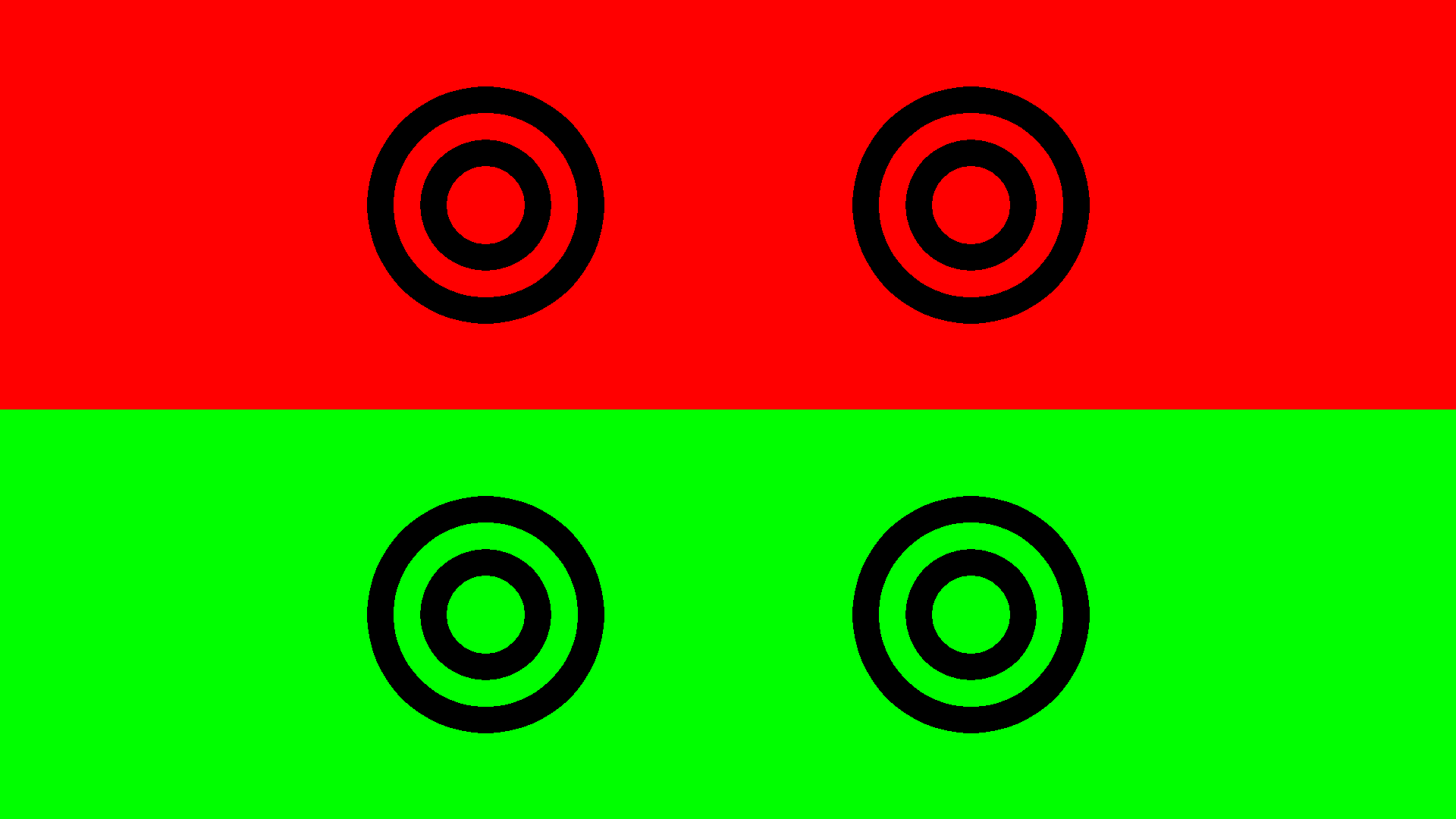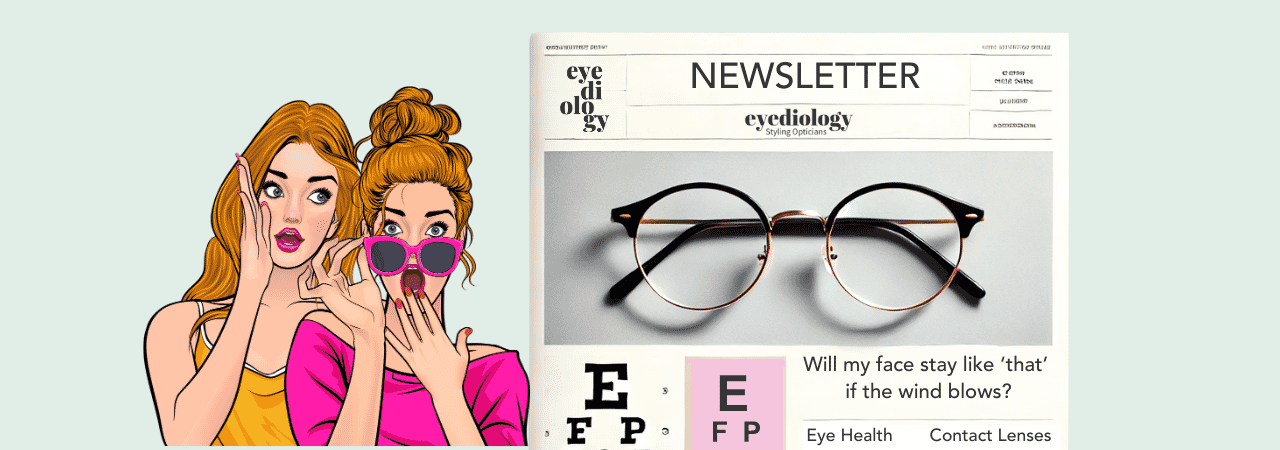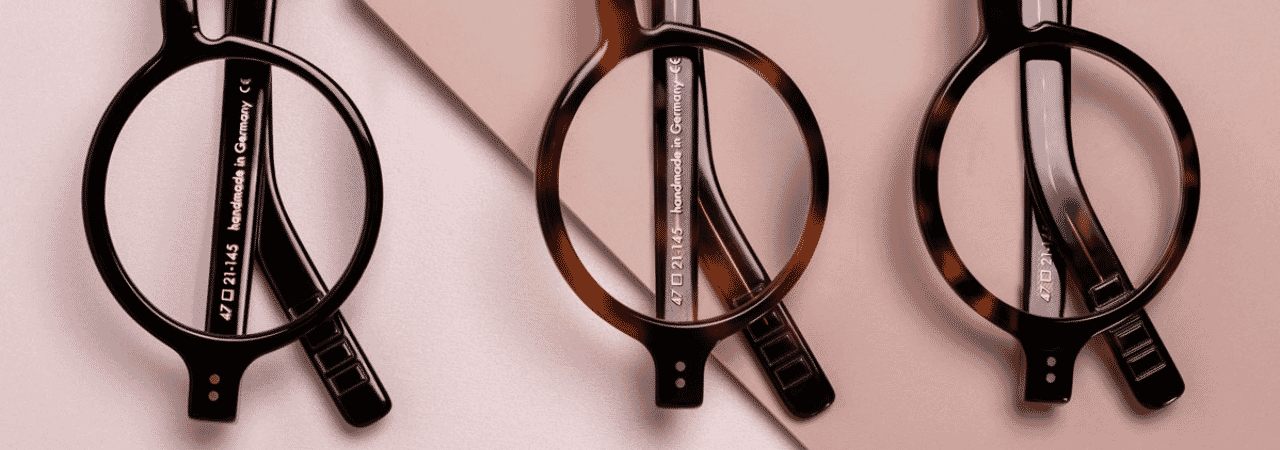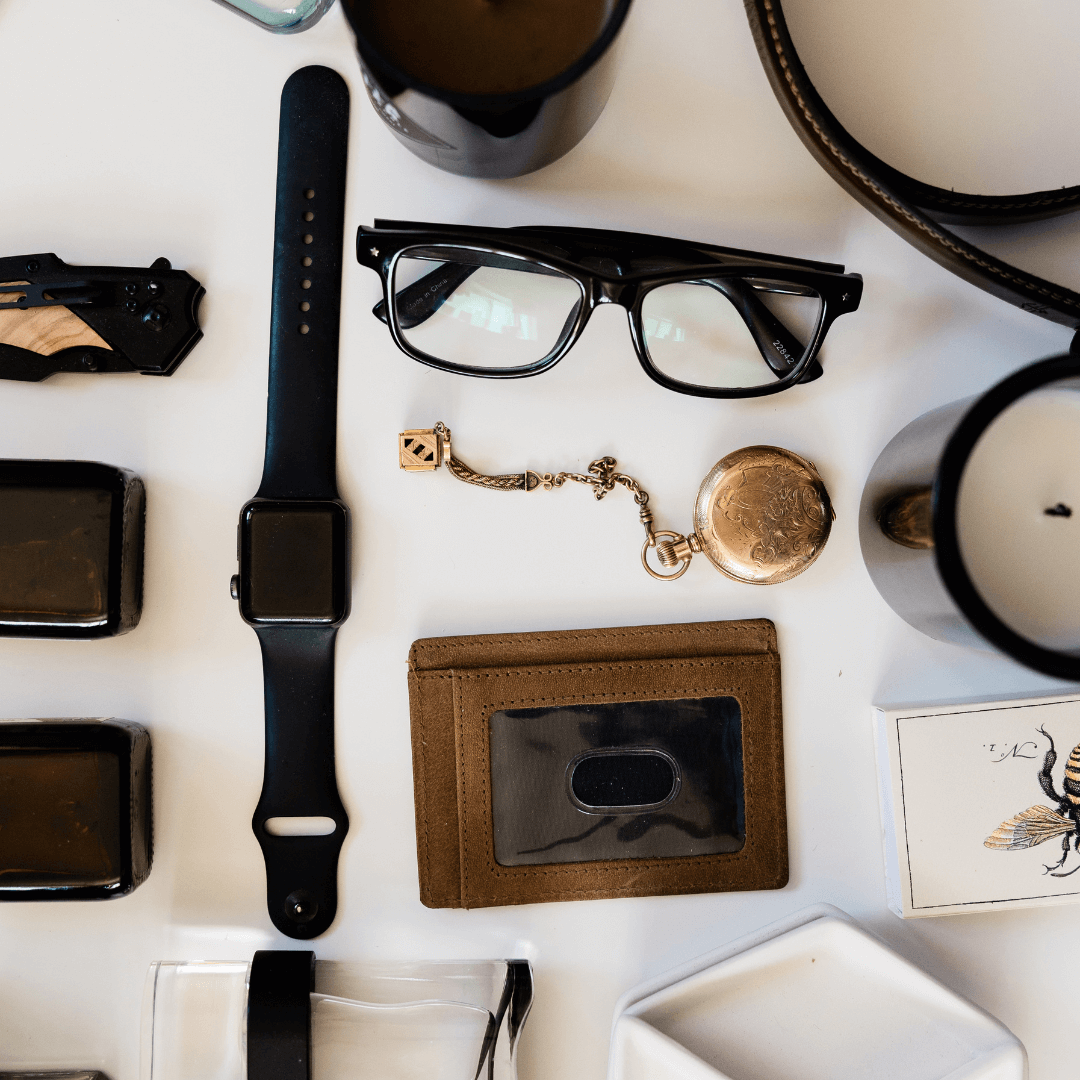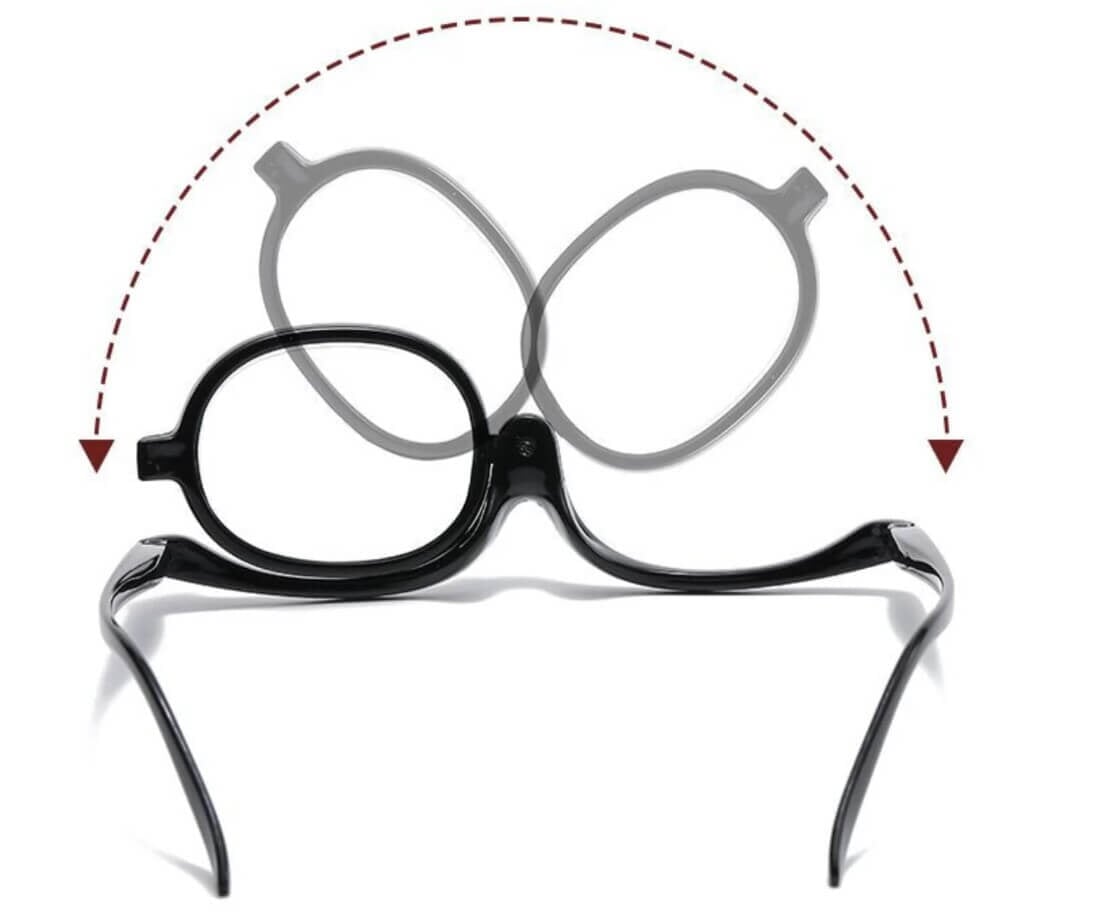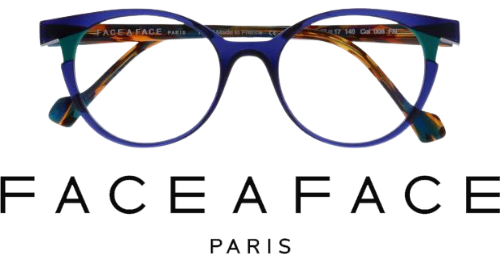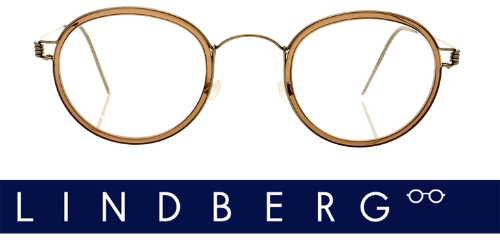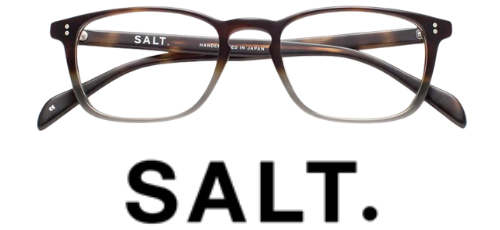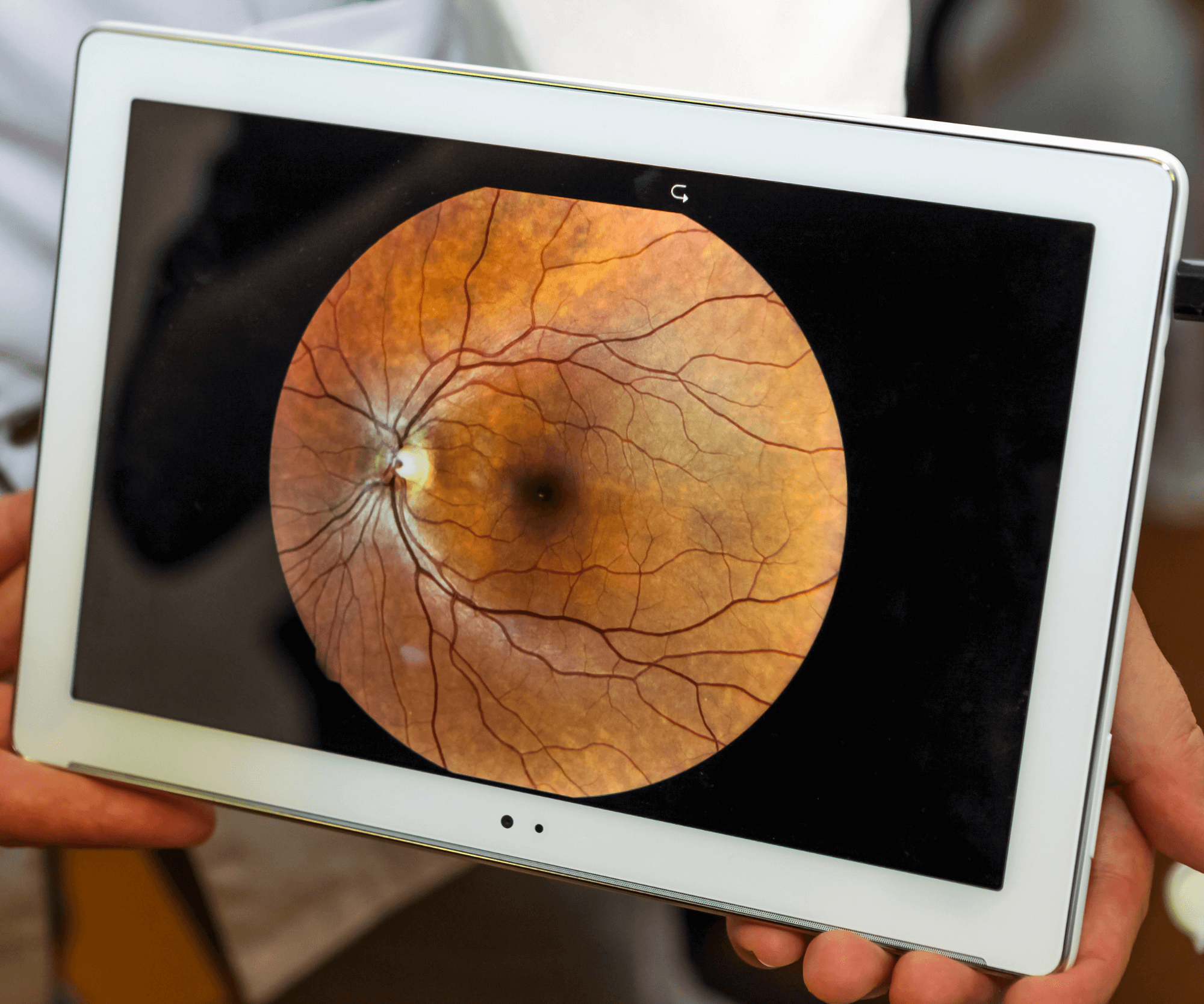When you go in for an eye exam, you might encounter a variety of tests designed to assess different aspects of your vision. One such intriguing test is the red and green test, a simple yet effective tool used by Optometrists to fine-tune your prescription and ensure optimal visual clarity. But what exactly is this test, and why is it an essential part of your eye care routine?
The red and green test, also known as the duochrome test, involves looking at letters or symbols displayed on a screen or chart that is split into red and green halves. These colours aren’t chosen randomly; they play a crucial role in determining how well your eyes are focusing. During the test, you’ll be asked to compare how clear the letters appear on the red background versus the green background. This might seem straightforward, but the underlying science is fascinating.
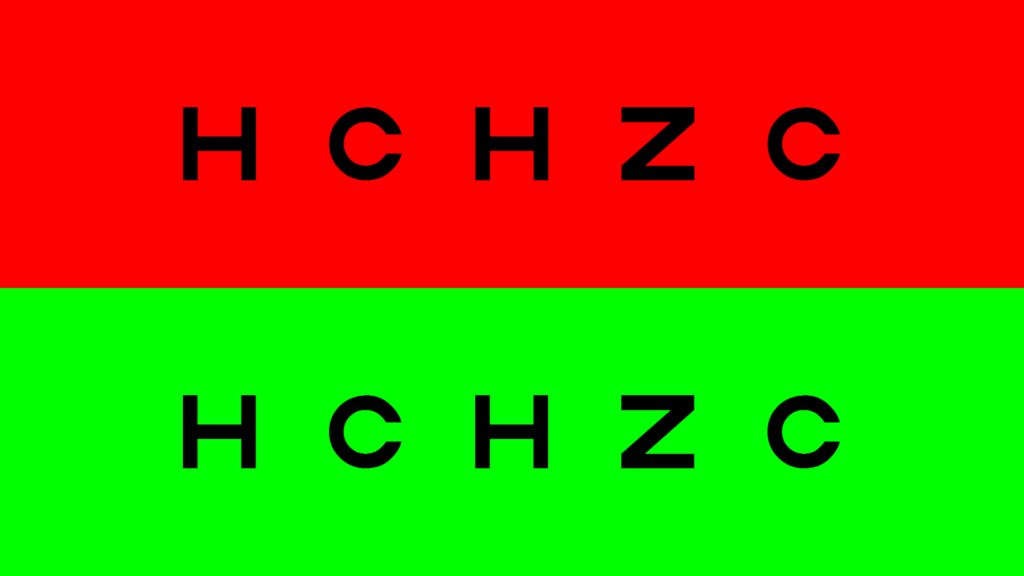
The reason behind using red and green is tied to the way our eyes refract light. Red light has a longer wavelength and is refracted less than green light, which has a shorter wavelength. By comparing your ability to see letters on both backgrounds, the optometrist can gauge the accuracy of your prescription. If the letters on the red side appear sharper, it suggests that your prescription might be slightly too strong. Conversely, if the letters on the green side are clearer, your prescription might need a slight boost. This test helps to fine-tune your prescription, ensuring that your vision is balanced and crisp, whether you’re reading a book or admiring the latest fashion trends.
The red and green test in your eye exam is an excellent example of modern holistic healthcare. It’s a small yet significant step in ensuring that your vision is not only clear but also comfortable. So, next time you find yourself in the optometrist’s chair, you’ll know that when you’re asked to compare those red and green letters, you’re participating in a sophisticated process designed to keep your eyes—and your style—sharp and focused.


